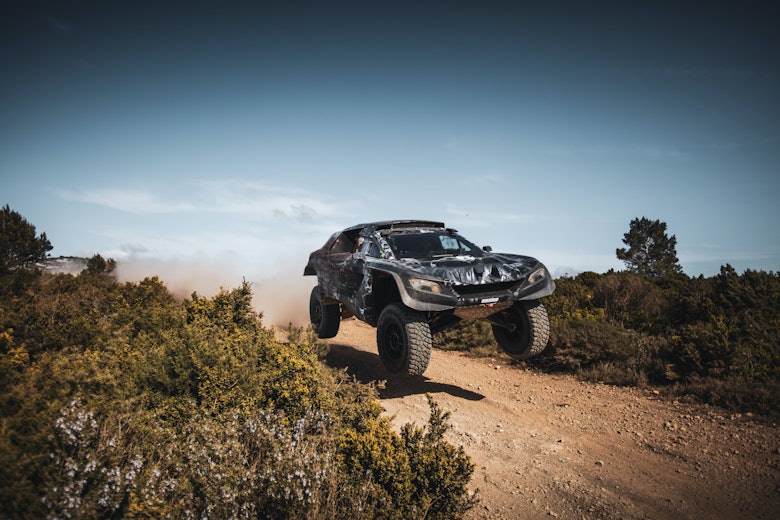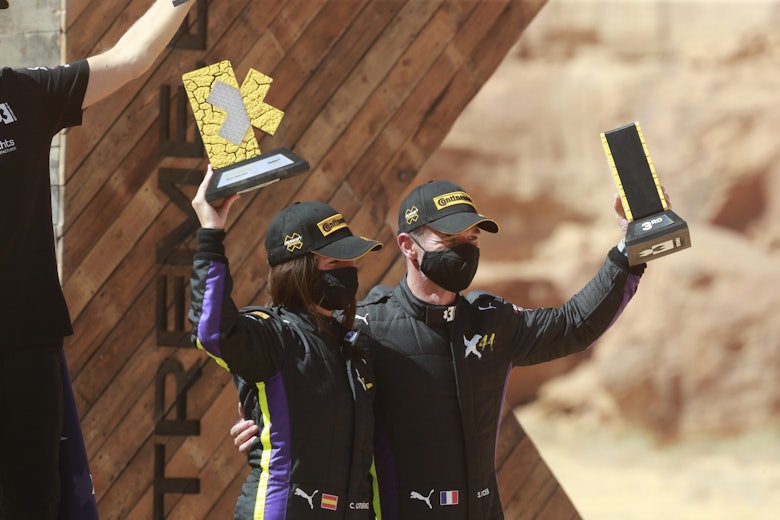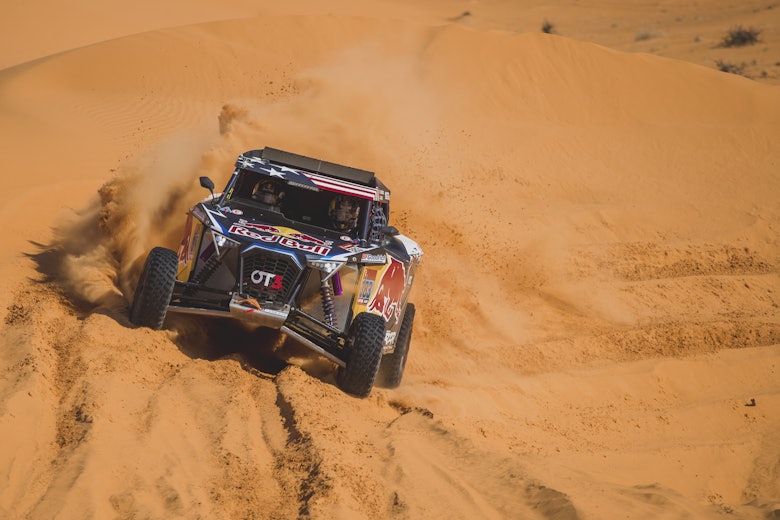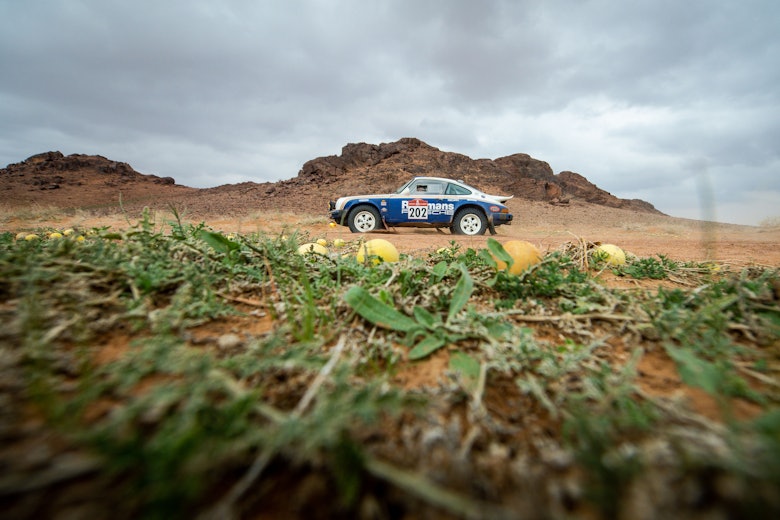When news surfaced last winter that Audi was switching its factory motorsport efforts from the burgeoning circuit racing world of Formula E and pursuing a new future on the Dakar Rally, it’s safe to say that eyebrows were raised. Some in surprise, others in anticipation. Everyone knew there was a degree of reshuffle taking place with Audi Sport, although few saw a works project to tackle rally raid on the horizon.
But if there’s one brand capable of creating a futuristic, innovative race car full of gadgetry, it’s Audi, isn’t it?
The Ingolstadt firm has a long history of being at the forefront of technology, creative new designs and generally pushing the boundaries of what is possible to achieve in motorsport. Think back to the original Quattro and its four-wheel-drive system which turned rallying on its head in the 1980s, or its revolutionary spell in endurance racing at Le Mans by becoming the first diesel winner and then first hybrid winner of the famed 24-Hour race.
I try to avoid clichés as much as I can, but there’s just something in Audi’s DNA that creates innovation, a thirst for more performance, bigger challenges. There’s a reason Audi’s motto is Vorsprung durch Technik. ‘Progress through technology’. This is a very Audi challenge, and there’s no bigger challenge than the world’s last true adventure, the most demanding rally raid out there, the Dakar.
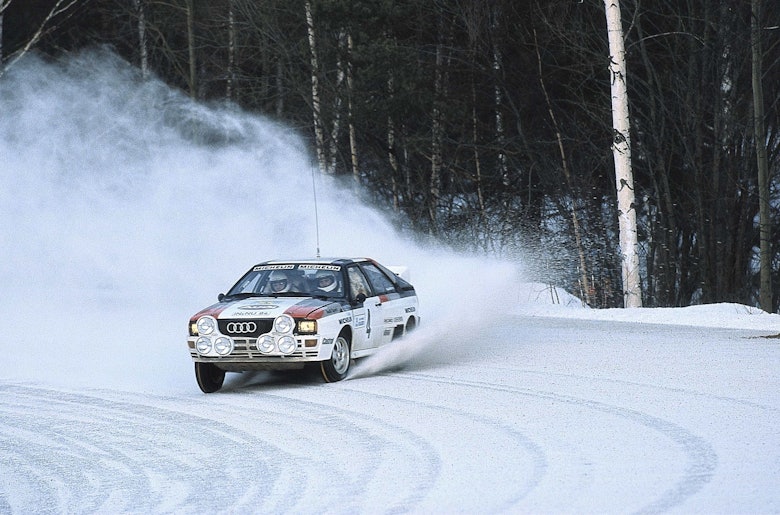
It should be made clear that it’s not just Audi Sport running the project. For even a brand as experienced and full of expertise as Audi, designing, building and testing an electric car from scratch for the Dakar in the space of just under a year is a mountain too steep.
Except, Audi isn’t starting from scratch. Despite, in their own words, ‘having to dig deeper into technology’, Audi is using existing tech, years of experience and a number of key personnel appointments which have positioned the group in a much more favorable position than you might have thought.
In collaboration with Q Motorsport – the factory partner created by Sven Quandt, whose X-raid team has run the Mini JCW buggy program since 2017 – Audi has integrated various technologies from its time in Le Mans, Formula E and DTM to create a ‘combined super mixture’ for his Dakar prototype.
The main technological crossover comes in the Motor Generator Unit, or MGU, which until this season had been a spec part in Formula E. Now developed in-house, Audi is using its expertise in this field to run three MGUs on the Dakar car. One is placed on the front axle, one on the rear axle and a third which is charged by the DTM-derived four-cylinder TFSI engine.
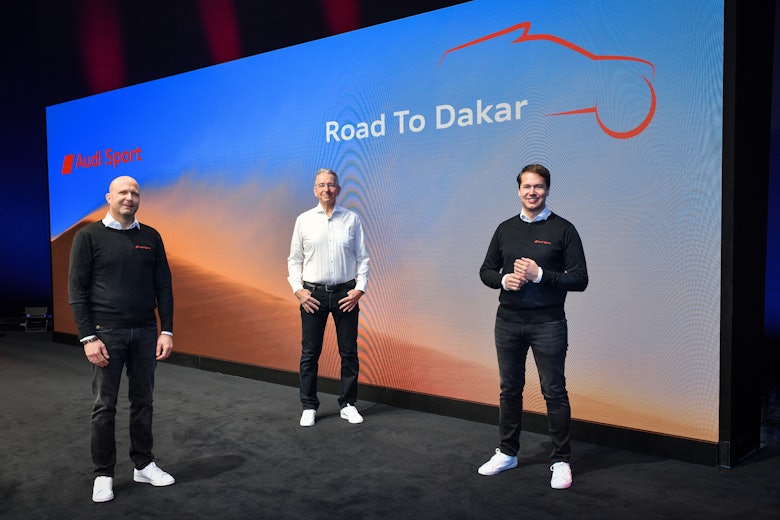
Modifications made to the MGU make it possible for the electric car to cope with increased levels of water, including through riverbeds which may or may not be filled by the time the Dakar comes around next year (even in Saudi Arabia, it rains!). Audi has understandably not revealed the intrinsic details around how they have engineered its new battery and MGU packaging but maintains that it is a novel design, encased within the car and sealed for protection against water intake which means that the car is as optimized as it can be for the unique conditions faced on the Dakar.
According to Quandt, this was one of the first concerns when coming up with the idea of an electric Audi Dakar machine.
“One of the things we first asked ourselves was actually how the car would be in conditions like mud and water with an electric engine,” he explains.
“You have to find solutions for that and it is not an easy one to answer. So, you will see when the car’s released, you will see a lot of things which are not normal for this kind of car. We have to do it differently.”
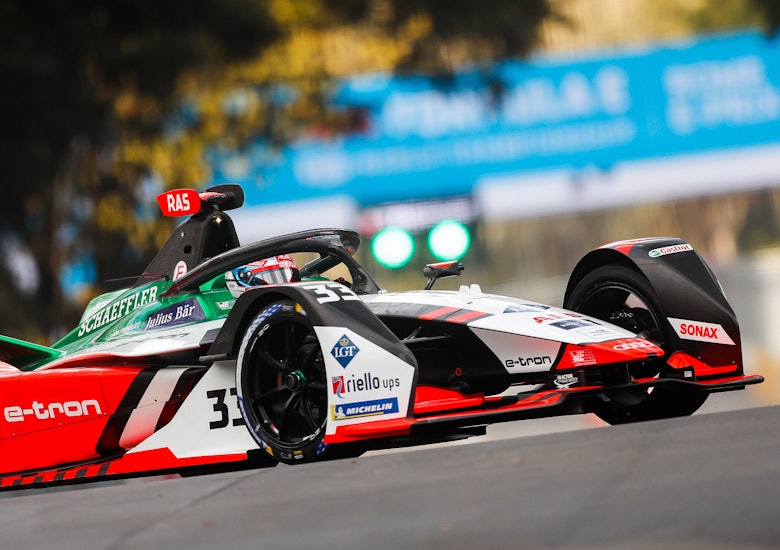
The MGU is the heart of the Audi project, and for the firm’s head of factory motorsport programs, Andreas Roos, it was the perfect base from which to start.
“For us, it was clear that the MGU we developed for the Formula E car for this season, which is a completely own-developed part from us from Audi Sport, would be the base let’s say for the drivetrain of the new Dakar car,” he explains.
“So, this was basically from the beginning, the concept that we will pursue based on what we have developed for Formula E.”
Roos is quick to point out that although the TFSI engine is working in the car, the car itself will remain “100% electric driven” by the MGUs on both the special and liaison stages.
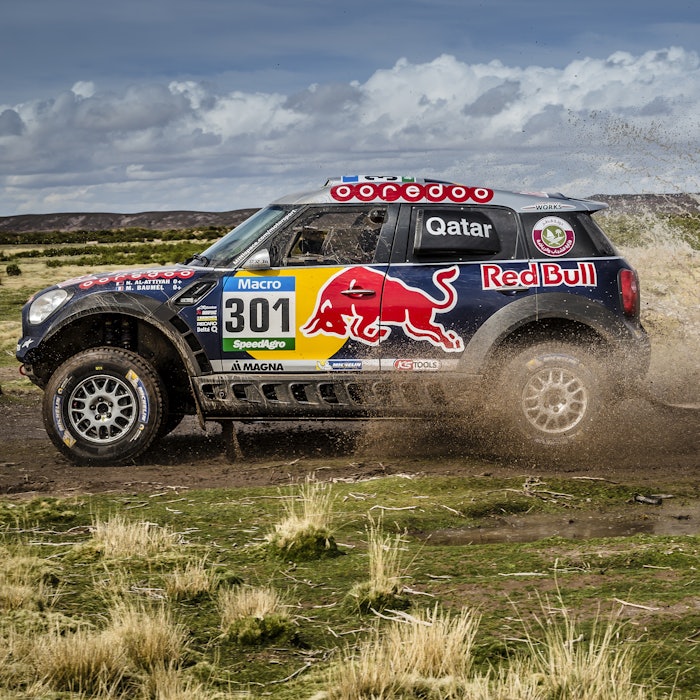
Dakar's most successful drivers
It takes a lot to win the Dakar Rally once, but some have managed to do it multiple times in cars
“There is no direct link between the combustion engine, with the driveshaft whatsoever, the wheels are only driven by the electric engines, by the MGU,” Roos says.
“The stages are, some of them are 600 kilometers and therefore at the moment it’s just impossible to run fully electric so we have to charge the battery and therefore we need a TFSI engine which is absolutely state of the art engine in terms of weight efficiency and everything. This is why we chose this from our highly successful DTM project to use in the Dakar together with the MGU as a generator.
“Our goal is definitely to run [the TFSI engine] the least [amount of] time as possible and to run the electric engine for the majority of the time, especially on the liaison stages.”
For Audi, if it were to use any combustion units in the electric car, the TFSI engine was always going to be the one. It’s widely used in series production and was not only the most powerful and most reliable engine in the DTM between 2019 and 2020 (winning 28 out of 36 races, while achieving points finishes in all 18 races in 2020 through champion René Rast and Nico Müller), it was also the most efficient. All in a championship where efficiency is king.
Roos continues: “In the DTM we had already efficiency regulations, so you were limited by the amount of fuel that you’ve got and therefore you had to develop the engine to be really efficient already because you had to get the most out of the little fuel you got.
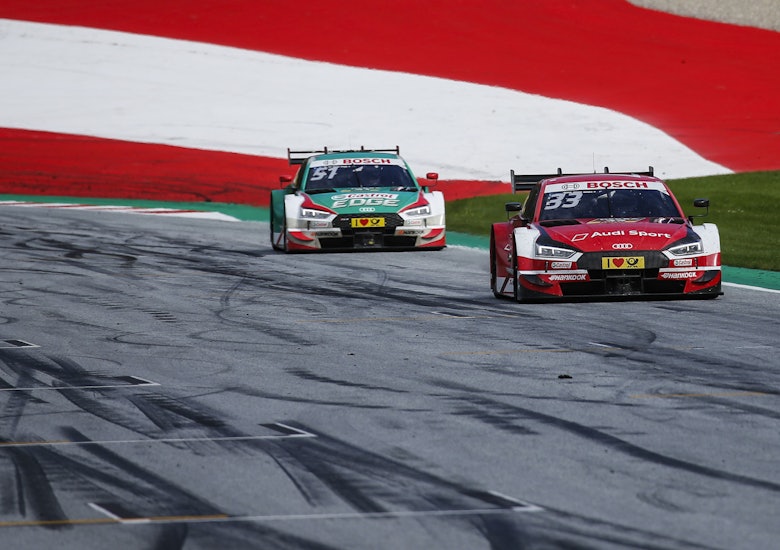
“This is the same goal that we have here, but we have to go a step further to be as efficient as possible. But the concept of the engine was already to be a highly efficient engine, and this is why it was the best base for us.”
For a master tactician like Quandt, knowing and using what you already have is a key cog in making sure Audi’s Dakar debut is a success.
“Without these kinds of engineers, with their knowledge, it would not be possible to do something like this [in this period of time],” he said.
“Without this technology, without the electric engine and the DTM engine, the whole project would also be impossible.
“Those engines are absolutely state of the art as well, both of them, and if you put those two together you get obviously a super mixture, but then it has to work as well, and this is the biggest challenge.”
And while we’re not privy to the longer-term Ingolstadt roadmap, it is clear that one exists and by jumping into the pool early on is a sign that Audi is committing itself to the new future of the Dakar and that must surely be celebrated.



